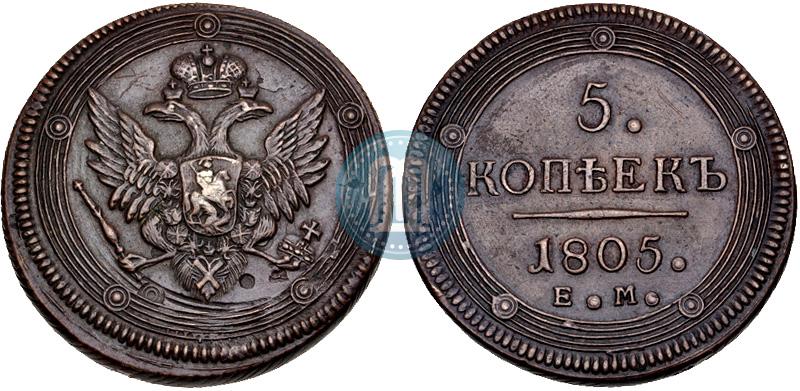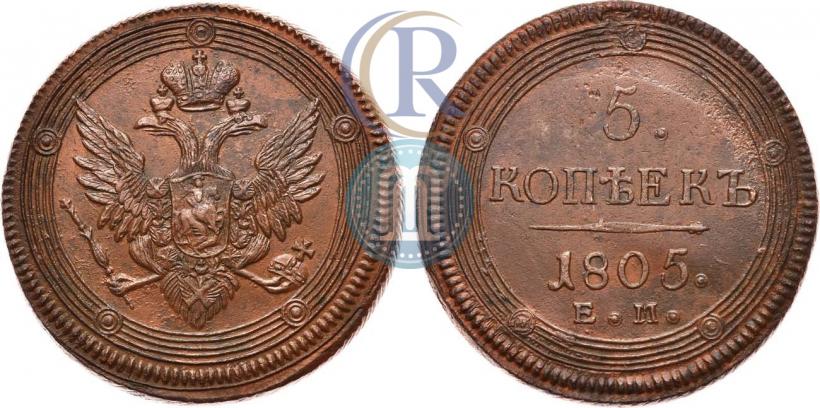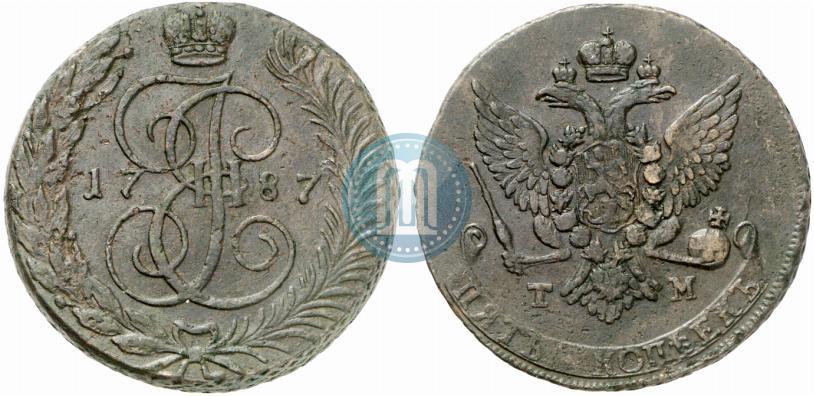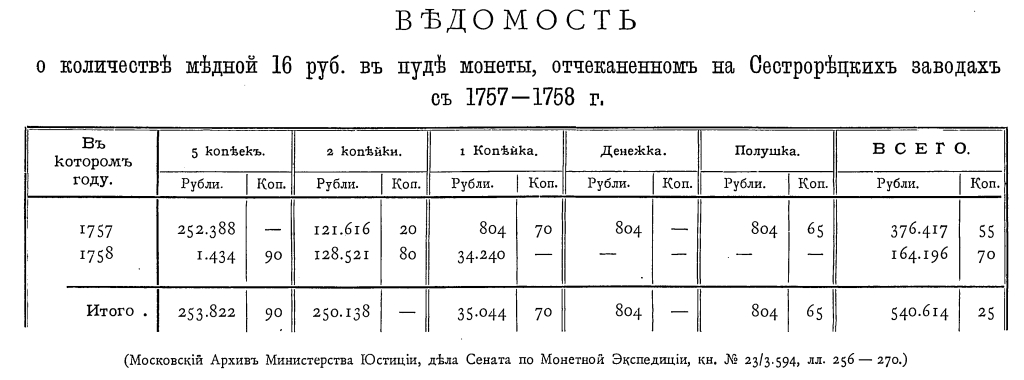-
Posts
1,404 -
Joined
-
Last visited
Content Type
Profiles
Forums
Gallery
Events
Articles
Posts posted by extant4cell
-
-
I do not insist that this rouble has been made exactly in 1845, the edge inscription is pointing at that date, though. The alternative would be that this novodel was made in any other year on a "saved" blank or that a new blank has been used, which was made with the earliest found edging tools at the SPB mint, which by coincidence happen to be the edging tools from 1845 (but I'd find this just as unbelievable as making coin in 1845). Going back to 1845, The Arslan coin is not a clone and not an exact copy where dies were made from the coin, so Champney's patent was not employed here. The dies are newly cut very close to the original coin image, but the differences are there. As Fuchs put it, the dies were made by a medalist who wanted to prove that he could make better dies than original ones. Not sure if he succeed in doing this (Fuchs believed he did to a degree), but he made a coin better than Troubetskoy French minted coins in image and in attention to "secret" details. How was that possible without the insider information, where did they get original image from, was the person cutting dies associated with those who were involved in making original rouble, in any way, and when that could have happen? These questions will probably remain unanswered.
-
This is a valid point, Igor, that I noted in the article, referring to the possible making of a coin like this in 1845, as a daring attempt that could cost the "prankster" a lot. Though, it was almost 15 years after Constantine I passed away...
The assumption that I made is based only on numismatic attributes of the coin that can be studied, and what I presented in the article is only my line of thought, leaning towards a careful announcement of a new possible novodel made on the blank from 1845 rouble (I may got overexcited with this thought! ).
There are many things that point to a novodel nature of this coin.
I am not ready to debate the date of production until (hopefully) we can get additional information on the edge of MiM's rouble. But the hopes of getting it at this stage aren't high. As always I really appreciate your constructive criticism. Thank you!
My line of thought when I debated this with myself went something like this: I understood that Shubert had this coin way before the end of the reign of tsar Nicholas I, and though he did not announce it to the world until Nicholas passed away, I'd assume that he was a human and could talk about it or even show it to someone.
Again, the workers of St. Petersburg Mint could talk in secret too, as their tongues were not cut off, and let's not forget the assumed engraver, who made some copies of rare medals and coins legally, and (as rumored) not so much.
In any case, the department of finance locked away 5 coins, and instrument with dies in their chambers, but not the hearts of people who knew about the business of Constantine roubles production. There were other ways for a secret news to spread in small circles and attempts could have been made at replicating what at that point of time could be considered lost forever...
This thought is shocking only until you sleep on it...
Russia was full of daring people at that time, hence the Decembrists...
There is an alternative, of cause, that novodel was made in any other year on a "saved" blank or with the use of the earliest found edging tools at the SPB mint.
I have Союз Спасения (Union of Salvation) on my list of things to watch. Thank you for reminding!

-
The article has been updated with additional photographs from Armen, including pictures of Constantine rouble from Hermitage, which Prof. Spasski sent to Mr. Arslan. To get to it, follow the same link.
-
Thank you guys, for your valuable evaluation and your praises are very pleasing. It was wonderful to work with Armen on researching the coin, and with the spark of magic information from Gunter, and others, who positively contributed to discussion, I felt that the puzzle pieces finally fell in place. It was fun to learn typing in German, so I could translate Fuchs's paper piece (one of my highlights). Hope this will help Armen with successful placement of his coin into good auction and sell it well, when (if) he decides to do that. The MiM's sister coin is possibly in Mr. Ushakov collection. He is the top bread man in Russia and not easy to access, but I will try to send him the article via snail mail, only hoping that he will get it and find time to read and respond to my request. 👨🌾
-
Here is my small research article (in English), that came out as a result of collaboration with Gunter and others on SM, material analysis and further coin inspection. The main question in the article that I am trying to answer: is the Arslan collection coin an antiquarian forgery or a novodel? Please let me know what you think of it. We can hopefully discuss it here, or at least it would be great to hear your opinion. To download the article simply follow the link: http://www.numistika.com/books/1825 Arslan Collection Constantine I pattern Antiquarian forgery - novodel.pdf

-
I got a lot of coins I have no idea I bid on... Lucky me! 😄😄😄 I'll let my little one to start her own collection.
-
This is a good price! Did you get it?
-
https://www.staraya-moneta.ru/forum/messages/forum2/topic276529/message3026083/#message3026083
Interesting material is added by Gunter on SM. A rouble from the same dies was offered by MiM in 1998.
-
looks a bit better than mine, I think...


Only I call those downwards feathers - icicles... it's cold there...

-
I'll let you know when I'm ready. Will probably do another topic on SM and post main points here.
-
It would only seam like that. The problem is, and that is what some people failed to notice on SM (where we discussed 5 k coin, so I'll talk about that one) that equipment that was used is different. The dies are not the same dies that they used for making test minting with original dies, testing them for the future TM production. I hope to show it one day.
-
Hi Sigi, I added a missing page you provided to the library

-
Here is more, this time from Zander 1996, shared by Knight from Staraya Moneta:
-
Thank you Sigi, I'll try to add it as an additional page.

Agree with IgorS, if Sincona could consider this rouble for their sale, I think this would bring
the best outcome for the seller. -
Just to make it clear, if anyone didn't check the Russian site, I included the link to. Obviously, I didn't identified the coin, I only passes the information, that was generously provided by Gunter, our colleague from Staraya Moneta. 😉
-
I found Spasski's article:
http://vsemonetki.ru/books/item/f00/s00/z0000009/st007.shtml
-
I think that had to do with running out of coins to overstrike, more than anything else, and copper for the new coins. SPM and SM were mainly overstriking 1 heavy kopecks into 2 kopecks and produced very little of new 2 kopeck coins. SM produced 5 kopecks from copper that it piled up from different sources (old coins / coins from Baltic states and cannons' metal), but stopped in 1759 due to the fire at the mint, I think. MM mainly produced 2 kopeck overstrikes and some new 2 kopecks, also the new 5 kopecks from the copper it received from Ekaterinburg. EM mainly produced new copper coins of all denominations as the source of copper was right there. They did overstrike smaller coins, including 2 kopecks, but main focus was on new coin production.
-
Hi Armen, No auction house will put it up for auction as an authentic coin, so it must be described as it is, with all information that you have available. If you like you can email letter to me and I'll do my best to translate it for you. You probably unable to upload any more pictures as you have run out of forum space allowance. We all use outside hosts for pictures, as just like you we run out of it very quickly too. My email is in personal message. Kind regards, Eugene
PS: anyone has other suggestions for Armen on how to sell the coin?
-
I would be surprised if it was othewise with NGC. You can expect the same with PCGS.
I can tell you that if you will put it in the plastic case, it will be more difficult to sell, as there will be no way for the buyer to examine the coin and it would have to say something like "antiquarian forgery" on the slab. Even if it was 100% genuine and exactly as the one in the Hermitage in St. Petersburg, people would be less likely to bid with their money for something one cannot pass their own opinion of authenticity on, trusting grading authority to do that instead. The reason for that is that grading companies have made numerous mistakes, including slabbing fakes as genuine coins. So, I would strongly advise against slabbing.
I can sympathize with your quest for authenticating it as a genuine coin. You will not succeed. The coin that you have in hand has already been authenticated by Spasski and included in his article as a Hollywood counterfeit, as I mentioned above. This doesn't mean that this counterfeit has no value. I'll repeat what I've said above. If my assumption is correct and it is the same coin, that Spasski has pictured in his article, naming it as a Hollywood counterfeit, due to location in New Hollywood, I believe if you sell it at the auction (such as Kunker, Sincona, Markov, etc.), as an "antiquarian forgery Constantin rouble" brought to USA from Soviet Russia in 1973, known as a Hollywood Constantine rouble (possibly from Arslan's collection [that hasn't been confirmed by you yet]), well described and published in Spasski's article, with the original photographs taken for Spasski's publication, it will still bring you some surprising money.
The other known antiquarian forgeries that went through the auctions "officially" have plain edge, so your coin is kind of rarer than most of them:
https://www.m-dv.ru/en/catalog/id,4679/prohod.html
The other coins that were assumed kind of authentic, have either plain edge or edge with inscription:
https://www.m-dv.ru/en/catalog/id,4676/prohod.html
https://www.m-dv.ru/en/catalog/id,4677/prohod.html
However, most of the coins in the "authentic" list are also considered to be counterfeits nowadays.
-
Good observation!
Same in 1805:


-
Thank you. Let me know in personal message, once you get it.
-
You can see good quality pictures without owner marks now on their site: https://www.kenom.de/suche/-/DEFAULT%3A%28russland+AND+1786%29+OR+FULLTEXT%3A%28russland+AND+1786%29+OR+NORMDATATERMS%3A%28russland+AND+1786%29+OR+UGCTERMS%3A%28russland+AND+1786%29/1/-/-/
Similar 5 kopecks were apparently shown in 2010:
My opinion that it is a novodel or an "antique counterfeit" hasn't changed at all...

Compare to original TM 1787, 1786 coin has poor quality eagle (see right tip of the wing with "fingers", and tail), poor execution of scroll ends, that don't match anything of that time and very poor numbers in the year...
-

Yes, indeed, the dies were originally made by SPM and given to SM (subsidiary mint) for use. SM didn't make any changes to the dies, apart from some minor repairs, making it pretty much impossible to tell coins apart, unless you look at the edges of the coins. Edging tools were a bit different. But it is still pretty easy to tell them apart, when you see overstrikes from kopecks or 5 kopecks into 2 kopecks with the SPM/SM tool set - they belong to SPM. When you see overstrike from 2 Ore (on extremely rare occasions) - that's SM. When you see coins without signs of any overstrike (on new blanks or on well prepared 2 Ore flattened cuts), look at the coin edge.
By the way, early SPM/SM dies all had 3 gems in the crown, like MM and EM, but later they designed crown with 5 gems, making it easier to recognize SPM/SM 2 kopesks.
-
There are no mint indicating letters on 2 kopecks of Elisaveta Petrovna for all 4 mints that produced them, and Uzdenikov had no idea how to sort them out by mint. The coin you pictured (097) is from Ekaterinburg mint, for example.
Until recently it was unknown how to sort coins by mint. In the last 20 odd years that changed. If one is heavily into copper coins of this period, one can find out how to do this. See, for example here: http://www.coinpeople.com/forum/34-russian-coin-articles/...
I've been studying these coins for the last 10 years (in depth since 2015) and every mint has it's own style which on a coin screams what mint it belongs to just as if it had mint letters on it... Particularly, in later years of production...
That's why, after years of experience, to find something new, pushing the boundaries of the known, is very exciting fo me, and thus my original post. 😉




1825 Constantine one ruble silver
in Russian Coin Forums
Posted
Where it comes to the 1845 year it is certainly a hypothesis. The production year can be speculated on.
Igor, thank you for an interesting suggestion on a book. We have it in the state library, I will try to access it: https://trove.nla.gov.au/version/22562193